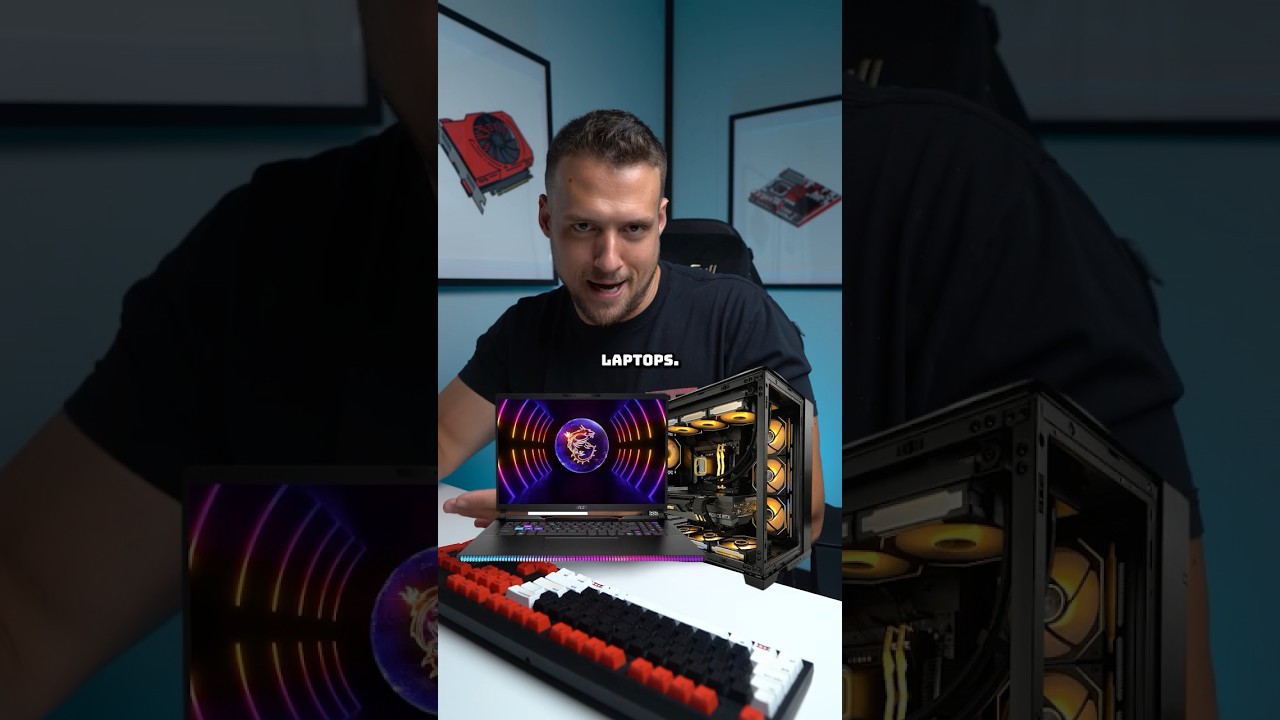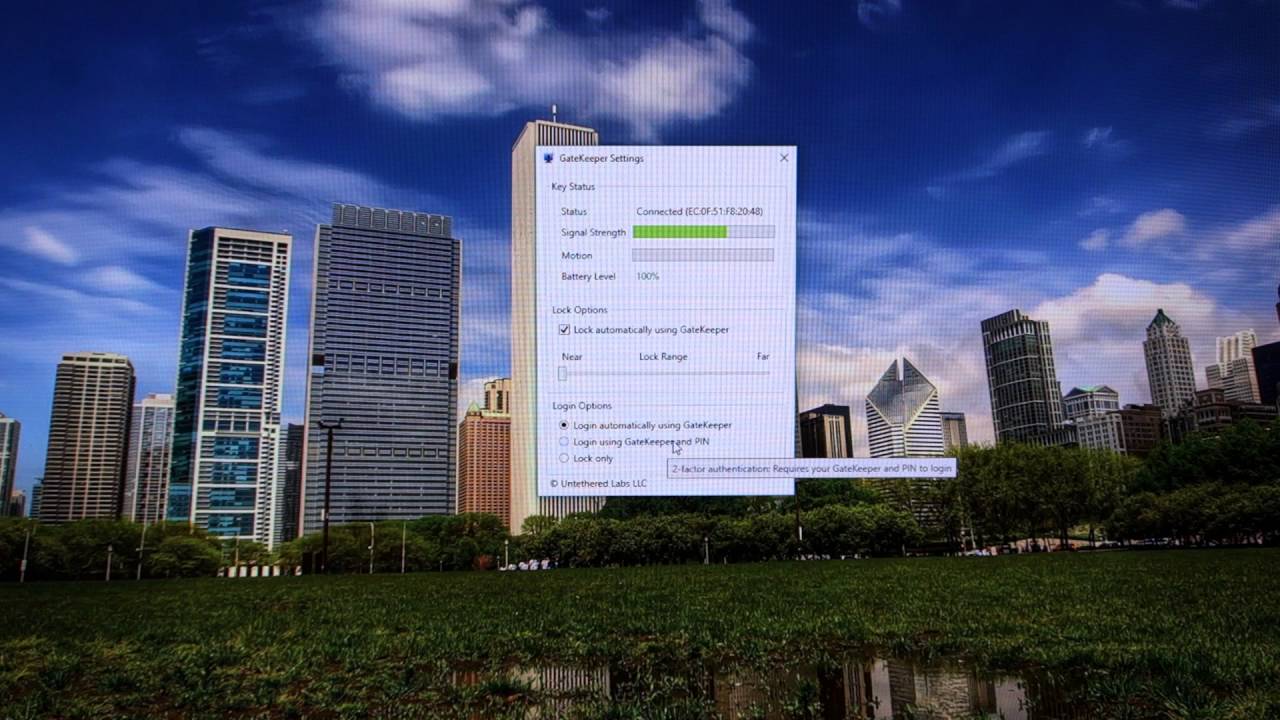At next week’s annual VLSI Symposium, Intel will be presenting a pair of highly-anticipated papers about their progress with their upcoming PowerVia chip fabrication technology – the company’s in-development implementation of backside power delivery networks. Along with Intel’s RibbonFET technology for gate-all-around transistors, PowerVia and RibbonFET are slated to serve as Intel’s big one-two punch to the rest of the silicon lithography industry, introducing two major chip technologies together that Intel believes will vault them back into the fab leadership position. Combined, the two technologies are going to be the backbone of Intel’s “angstrom” era fab nodes, which will go into high volume manufacturing next year, making Intel’s progress with the new technologies a subject of great importance both inside and outside of the company – and one which Intel wants to address.
When it comes to Intel’s chip manufacturing technology, the stakes for Intel’s R&D groups couldn’t be any higher than they are right now. The long-time leader of the fab would has faulted – repeatedly – and is now in the middle of a multi-year effort to course-correct, not only to get back that leadership position which they’ve lost, but to break into the contract chip manufacturing business in a big way.
As a result, while VLSI research papers do not normally attract a ton of outside attention, this year in particular is a big exception. With RibbonFET and PowerVia set to go into production next year, Intel is reaching the point where they’re wrapping up R&D work on the first generation of those technologies. Intel is now at the point where, to their peers in the VLSI industry, they can present their first findings around producing a complex logic test chip. And to Intel’s investors and other outsiders, Intel can show the first real evidence that their efforts to get back on track may very well be succeeding, giving Intel an opening to leap ahead of the competition that the company greatly needs.
To that end, at next week’s symposium Intel is going to be disclosing a great deal of information around their implementation of backside power delivery network technology, which they call PowerVia. Central to these papers is Blue Sky Creek, an Intel “product-like” logic test chip that implements backside power delivery on the EUV-enabled Intel 4 process technology. With Blue Sky Creek, Intel intends to demonstrate that not only do they have PowerVia working with a CPU on time for high volume manufacturing next year, but that the performance and manufacturing benefits of backside power delivery are everything Intel has promised. Suffice it to say, Intel is preparing for this year’s VLSI conference to be a very big moment for the company.


